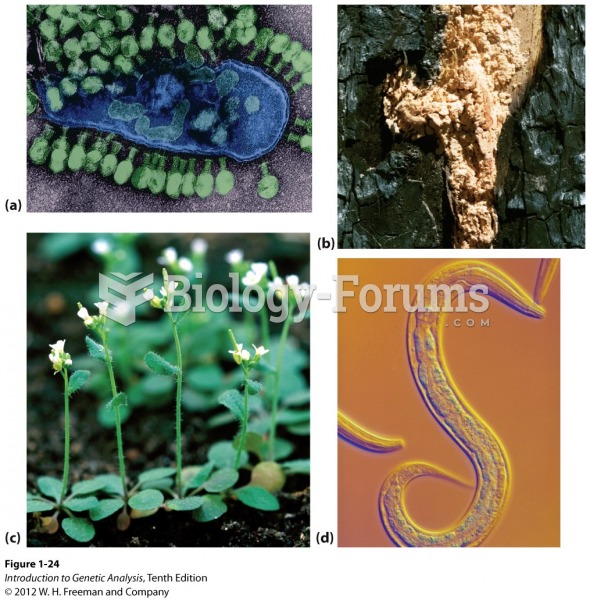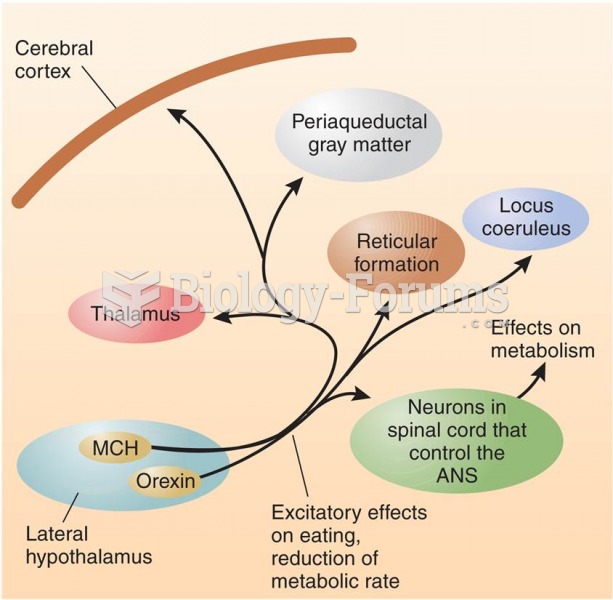This topic contains a solution. Click here to go to the answer
|
|
|
Did you know?
Most childhood vaccines are 90–99% effective in preventing disease. Side effects are rarely serious.
Did you know?
In 1864, the first barbiturate (barbituric acid) was synthesized.
Did you know?
If you could remove all of your skin, it would weigh up to 5 pounds.
Did you know?
Blood is approximately twice as thick as water because of the cells and other components found in it.
Did you know?
According to research, pregnant women tend to eat more if carrying a baby boy. Male fetuses may secrete a chemical that stimulates their mothers to step up her energy intake.







